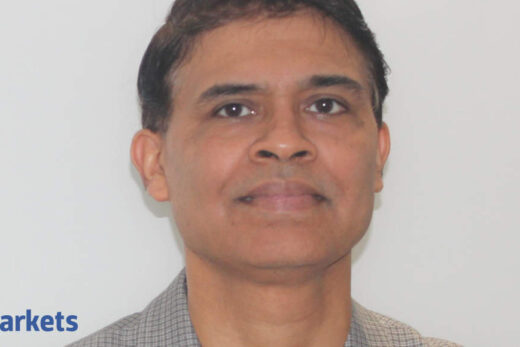Adhil Shetty, CEO, BankBazaar replies, “The best way to build an emergency fund would be via a recurring deposit with a scheduled commercial bank. A recurring deposit brings discipline into your investing and gives you a clear timeline of how much time it will take for you to accumulate your corpus. Simply leaving the money in the savings account may lead to utilising it for other purposes. Since you are investing your emergency corpus, the most important factors are capital security and liquidity. In this case, a fixed deposit is the best and safest option that gives you capital protection as well as liquidity. You can break FDs and access the funds in a matter of hours in case you need it. Several banks no longer charge a penalty on breaking FDs, making them an even more viable alternative for short-term investments. Banks also have auto-sweep accounts where money above a certain threshold is automatically converted to an FD that can be broken on demand. However, these may have complex terms and conditions, and you need to clearly understand the working of these accounts before investing. Steer clear of financial institutions with high NPAs or those that have been in the news for governance issues no matter the returns offered.”
At present, I am investing Rs 10,500 every month through SIPs. I invest Rs 2,000 in Axis Midcap, Rs 3,000 in Axis Smallcap, Rs 1,000 in Invesco India Contra, Rs 2,000 in PP Flexicap, Rs 1,000 in Mirae Asset ELSS, Rs 1,000 in HDFC Sensex and Rs 500 in Motilal Oswal Nasdaq. My investment horizon is 15 years. Is this okay? As a government employee, can one do swing trading or is it prohibited?
Vidya Bala, Co-Founder, PrimeInvestor.in replies, “Your choice of funds are fine. But you have close to 50% in mid and small caps. Besides, funds like Nasdaq 100 are aggressive too. In a deep correction, this can really impact your portfolio. Try to reduce mid and small-cap exposure to 25-30%. Also, add 20-30% debt and gold, to diversify your asset allocation. On trading, it is best that you check with your office to know about such restrictions or related compliances”



